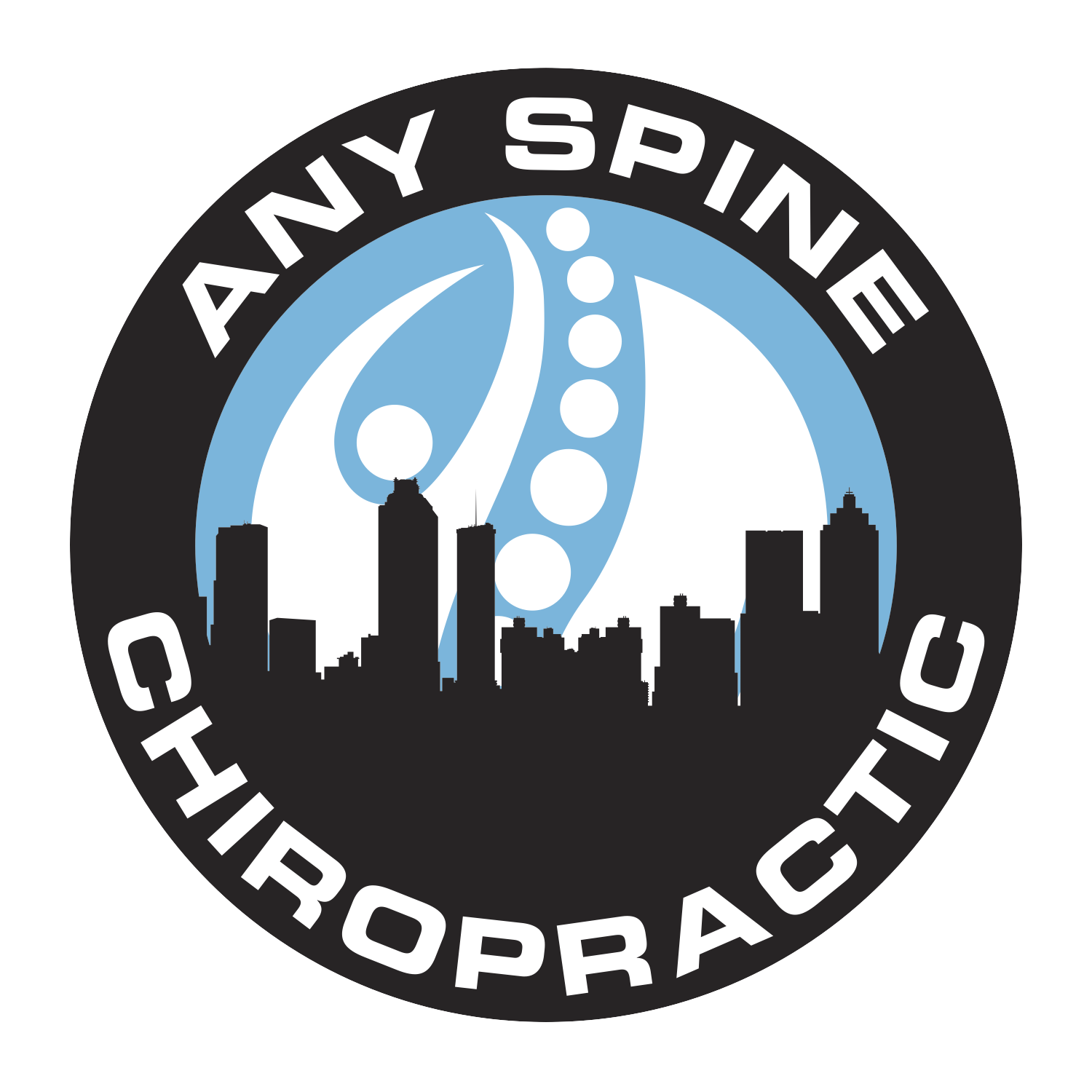The Skeletal System: Bones and Beyond – Your Body’s Framework
The Skeletal System: Bones and Beyond – Your Body’s Framework
TL;DR
Your skeletal system is crucial for providing structure, protecting organs, and storing calcium. Osteoporosis, a bone-thinning disease, can affect people of all ages, not just the elderly. Maintaining strong bones requires adequate intake of calcium and vitamin D, which work together to support bone health. Additionally, good posture is essential in preventing bone deterioration by reducing spinal misalignment, muscle imbalance, and joint stress. Taking these steps can help you maintain a strong and healthy skeletal system throughout your life.
The skeletal system is the backbone of your body, quite literally. It provides structure, protects organs, anchors muscles, and stores calcium. Understanding its complexities and how to maintain bone health is crucial for overall well-being. In this article, we’ll explore the skeletal system, the impacts of osteoporosis, the roles of calcium and vitamin D, and the significance of good posture in preventing bone deterioration.
Osteoporosis: Not Just an Old Person’s Disease
When we think of osteoporosis, we often imagine it as a condition that only affects the elderly. However, this bone-thinning disease can strike at any age, making it a significant health concern for everyone.
What is Osteoporosis?
Osteoporosis is a condition characterized by weak and brittle bones, making them susceptible to fractures. It occurs when the creation of new bone doesn’t keep up with the removal of old bone. While it’s common in older adults, younger individuals can also be at risk due to various factors.
Risk Factors Beyond Age
• Genetics: A family history of osteoporosis can increase your risk.
• Hormonal Changes: Conditions affecting hormones, such as hyperthyroidism, can contribute to bone loss.
• Lifestyle Choices: Smoking, excessive alcohol consumption, and a sedentary lifestyle can negatively impact bone health.
• Nutritional Deficiencies: Inadequate intake of calcium and vitamin D can lead to weaker bones.
Calcium and Vitamin D: The Dynamic Duo for Bone Health
Calcium and vitamin D are essential nutrients for maintaining strong and healthy bones. They work together to ensure your skeletal system remains robust.
Calcium: The Building Block of Bones
Calcium is a mineral that provides strength and structure to your bones. About 99% of the calcium in your body is stored in your bones and teeth.
• Sources of Calcium: Dairy products (milk, cheese, yogurt), leafy green vegetables (kale, broccoli), and fortified foods (orange juice, cereals).
• Daily Requirement: Adults typically need about 1,000 milligrams of calcium per day, with increased needs for women over 50 and men over 70.
Vitamin D: The Calcium Helper
Vitamin D helps your body absorb calcium effectively. Without adequate vitamin D, calcium absorption is impaired, leading to weaker bones.
• Sources of Vitamin D: Sunlight exposure, fatty fish (salmon, mackerel), egg yolks, and fortified foods (milk, orange juice).
• Daily Requirement: Adults generally need 600-800 international units (IU) of vitamin D per day, with higher needs for older adults.
The Importance of Good Posture in Preventing Bone Deterioration
Maintaining good posture is not just about looking confident; it’s essential for your bone health. Poor posture can lead to various musculoskeletal issues and accelerate bone deterioration.
How Poor Posture Affects Your Bones
• Spinal Misalignment: Slouching or hunching can cause misalignment of the spine, leading to increased stress on the vertebrae and potential fractures.
• Muscle Imbalance: Poor posture can create imbalances in muscle strength, causing some muscles to weaken and others to overwork, impacting bone health.
• Joint Stress: Incorrect posture places additional stress on joints, which can accelerate wear and tear, contributing to conditions like arthritis.
Tips for Maintaining Good Posture
• Ergonomic Workspaces: Ensure your workstation is set up to promote good posture, with your computer screen at eye level and a chair that supports your lower back.
• Regular Exercise: Engage in activities that strengthen your core muscles, such as yoga or Pilates, to support your spine and maintain good posture.
• Mindful Movements: Be aware of your posture throughout the day, whether sitting, standing, or walking. Keep your shoulders back, spine neutral, and feet flat on the floor.
Your skeletal system is more than just a framework; it’s a dynamic and vital component of your overall health. By understanding the risks of osteoporosis, ensuring adequate intake of calcium and vitamin D, and maintaining good posture, you can support your bones and enjoy a healthier, more active life. At Any Spine Chiropractic & Massage Studio, we emphasize a holistic approach to health, incorporating these principles to help you achieve optimal well-being.
By educating yourself about your skeletal system and taking proactive steps to maintain bone health, you can build a stronger, more resilient body that will serve you well throughout your life.



